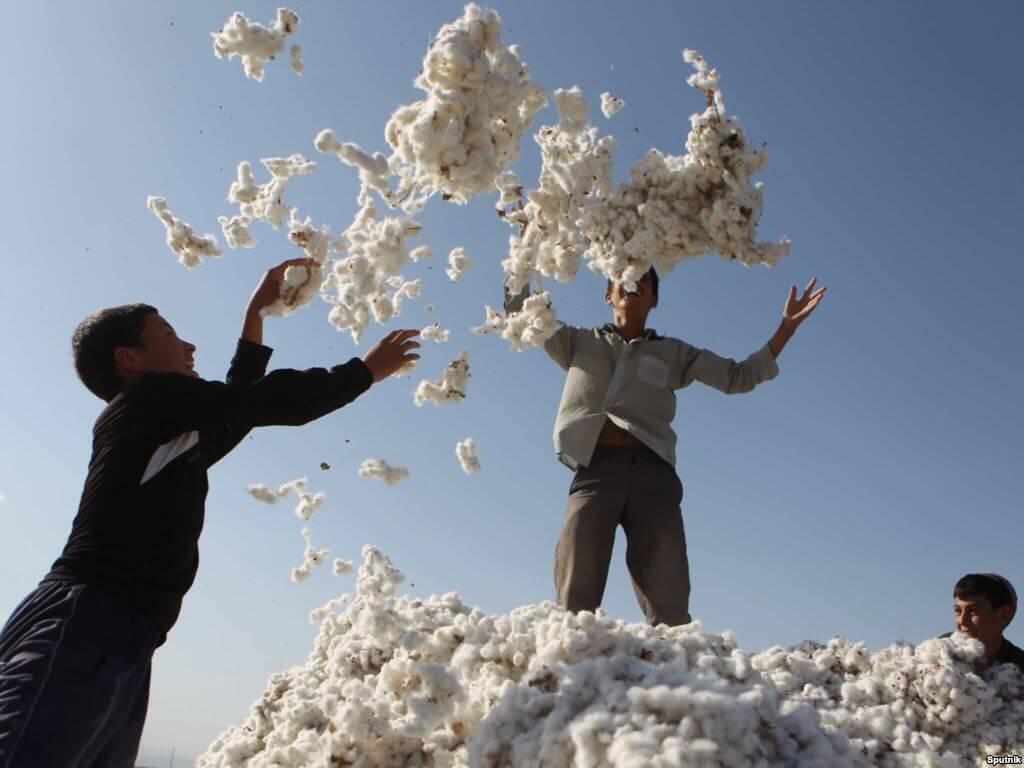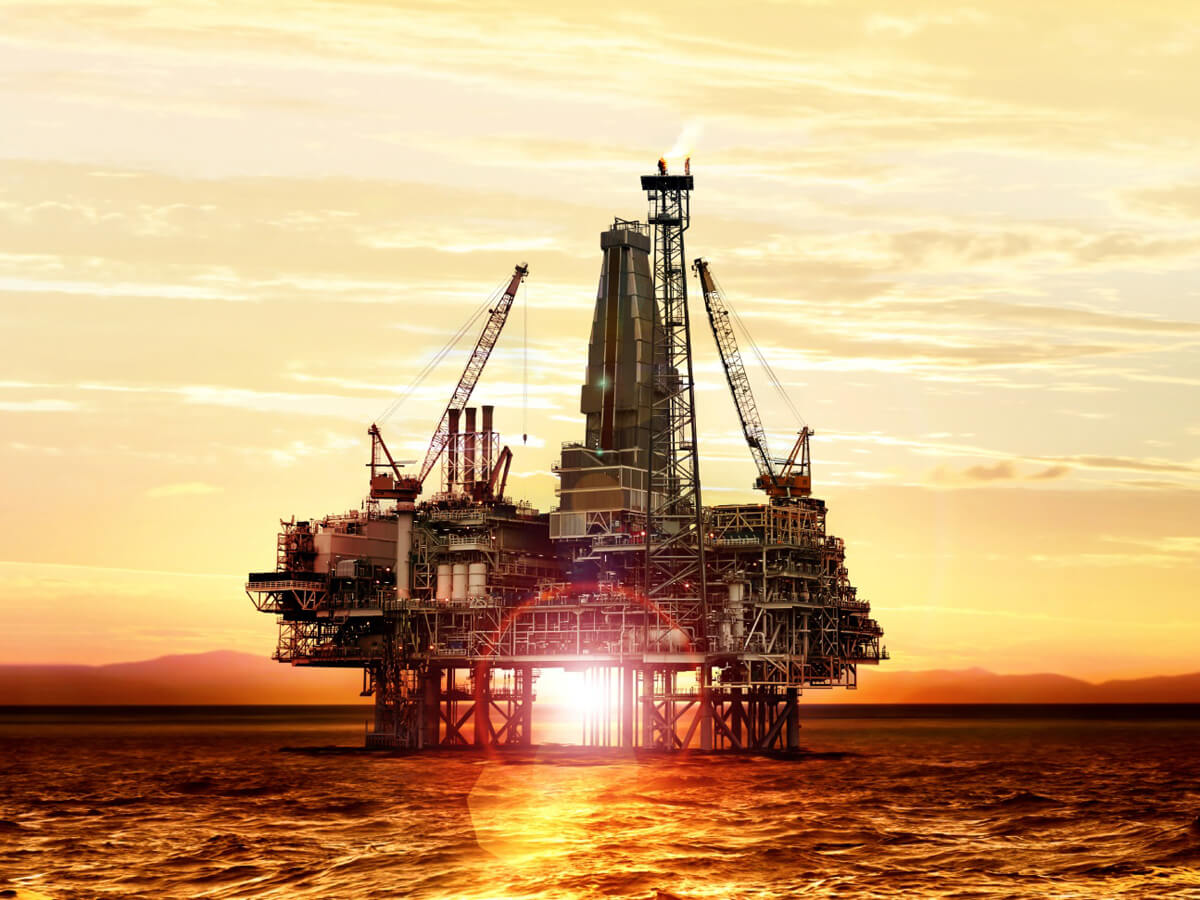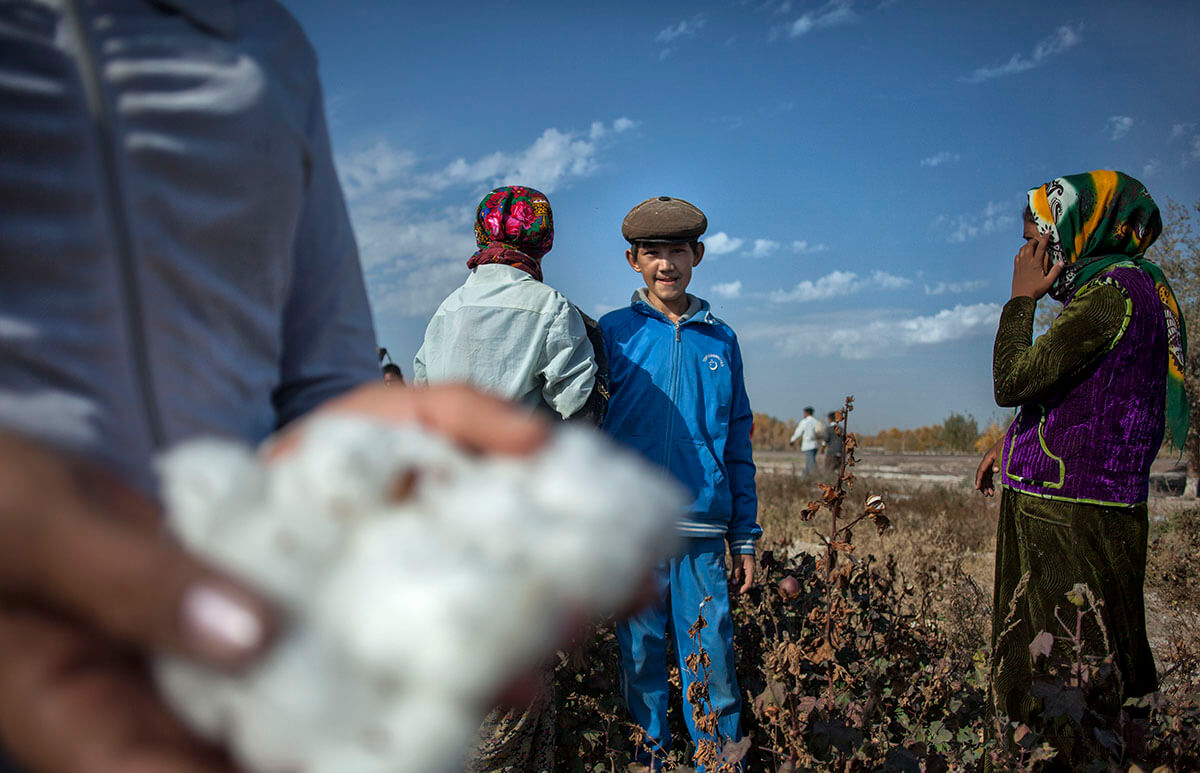Turkmenistan, the Republic of gas and cotton


Known for its large gas reserves, Turkmenistan is also appreciated as an island of stability in restive Central Asia. Despite its gas wealth, much of Turkmenistan’s population is still impoverished. After independence from the Soviet Union in 1991 the country entered a period of isolation that has only recently be brought to an end.
In 2012, Turkmenistan announced plans to privatize state-held properties under the State Program for Privatization of Enterprises and Objects of State Property during the period 2013-2016 with the goal of increasing the share of the non-state sector in GDP by 70 percent by 2020.
Turkmenistan produces roughly 70 billion cubic meters of natural gas each year and about two-thirds of its exports go to Russia’s Gazprom gas monopoly. The government has sought out gas deals with several other countries, including China and the neighbouring Iran, however, to reduce its dependency on Russia.
The 91st largest export economy in the world and the 131st most complex economy according to the Economic Complexity Index (ECI) is Turkmenistan.
Exports in Turkmenistan increased to 12402.71 USD Million in 2014 from 11954.67 USD Million in 2013 and averaged 4317.02 USD Million from 1992 until 2014, reaching an all-time high in 2014 and a record low of 64.34 USD Million in 1992.
In 2014, Turkmenistan exported $10.6B and imported $7.42B, resulting in a positive trade balance of $3.22B. In 2014 the GDP of Turkmenistan was $47.9B and its GDP per capita was $15.5k.
Turkmenistan is so famous for exporting Petroleum Gas ($8.6B), Refined Petroleum ($881M), Raw Cotton ($322M), Crude Petroleum ($167M) and Non-Retail Pure Cotton Yarn ($155M), using the 1992 revision of the HS (Harmonized System) classification.
Its top imports are Special Purpose Ships ($339M), Iron Structures ($287M), Raw Iron Bars ($230M), Iron Pipes ($216M) and Other Large Iron Pipes ($191M).

The main countries of Turkemen’s export destinations are China ($8.59B), Turkey ($612M), Italy ($493M), the United Kingdom ($195M) and Germany ($172M). The top import origins are Turkey ($2.19B), Russia ($1.14B), China ($921M), Ukraine ($431M) and Kazakhstan ($353M).
What is Turkmenistan exporting?
In 2014 Turkmenistan exported $10.6B. During the last five years the exports of Turkmenistan have increased at an annualized rate of 41.6%, from $1.87B in 2009 to $10.6B in 2014. The most recent exports are led by Petroleum Gas which represent 80.8% of the total exports of Turkmenistan, followed by Refined Petroleum, which account for 8.28%.
What is Turkmenistan importing?
In 2014 Turkmenistan imported $7.42B, making it the 115th largest importer in the world. During the last five years the imports of Turkmenistan have increased at an annualized rate of 8.6%, from $4.92B in 2009 to $7.42B in 2014. The most recent imports are led by Special Purpose Ships which represent 4.57% of the total imports of Turkmenistan, followed by Iron Structures, which account for 3.87%.As of 2014 Turkmenistan had a positive trade balance of $3.22B in net exports. As compared to their trade balance in 1995 when they still had a positive trade balance of $171M in net exports.
The country’s GDP totaled $43.5 billion in 2014 and it continues to be a major producer of natural gas. Its trade turnover in 2014 was $36.4 billion, and is mostly attributable to gas sales to Russia, China, and Iran.
Other key sectors were refined oil products and textiles. According to Turkmenistan’s State Statistics Committee, Turkmenistan’s exports in 2014 totaled $19.8 billion while the country’s imports were estimated at $16.7 billion.
The top five reasons why foreign companies should consider exporting to Turkmenistan include:

In addition, Turkmenistan introduced tax exemptions, reduced registration and certification fees, and improved land leasing rights for foreign companies willing to invest and operate in the country’s free economic zones.
Market Opportunities
The hydrocarbon sector is the country’s largest industry. Opportunities exist for oil and natural gas service providers and related service companies, such as freight and logistics firms. Turkmenistan strives to maximize value for its oil and gas and invests substantially in petroleum refining and processing facilities. It has several liquefied petroleum gas (LPG) plants and plans to build more.
The government plans to attract foreign technology and investment in creating chemical and petrochemical industrial facilities. It is a great need for new pipeline networks and related infrastructure, such as compressor stations.
The government also has ambitious plans to invest in new transportation infrastructure and social projects, and there is a growing need for various telecommunications services and equipment, including mobile communications and Internet services.
Turkmenistan continues to invest billions of dollars in the Caspian Sea resort of Awaza. The government ultimately hopes to turn the development into a tourist zone, which may present opportunities for foreign investment in Turkmenistan’s nascent tourist industry.
Fonte: a cura di Exportiamo, di Morvarid Mahmoodabadi, redazione@exportiamo.it
© RIPRODUZIONE RISERVATA